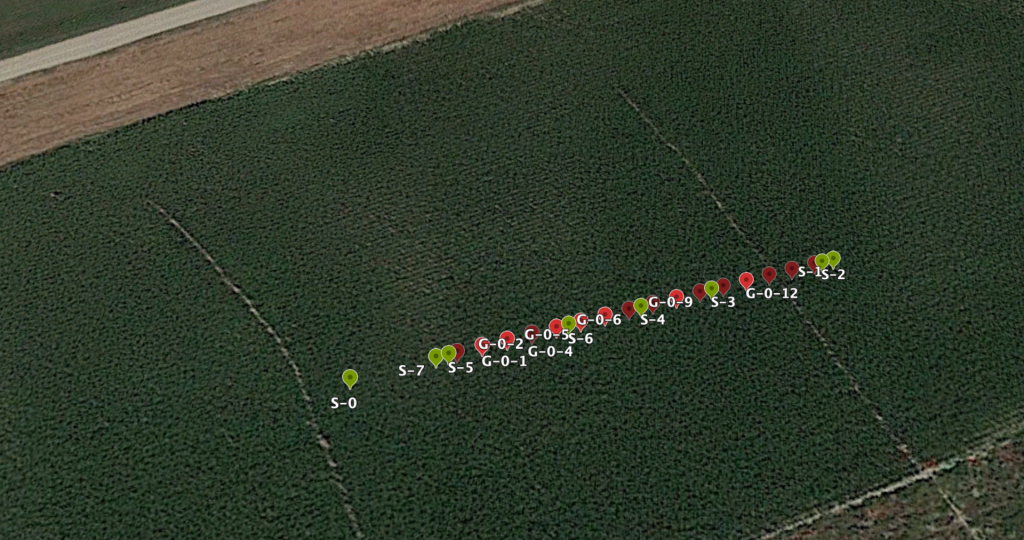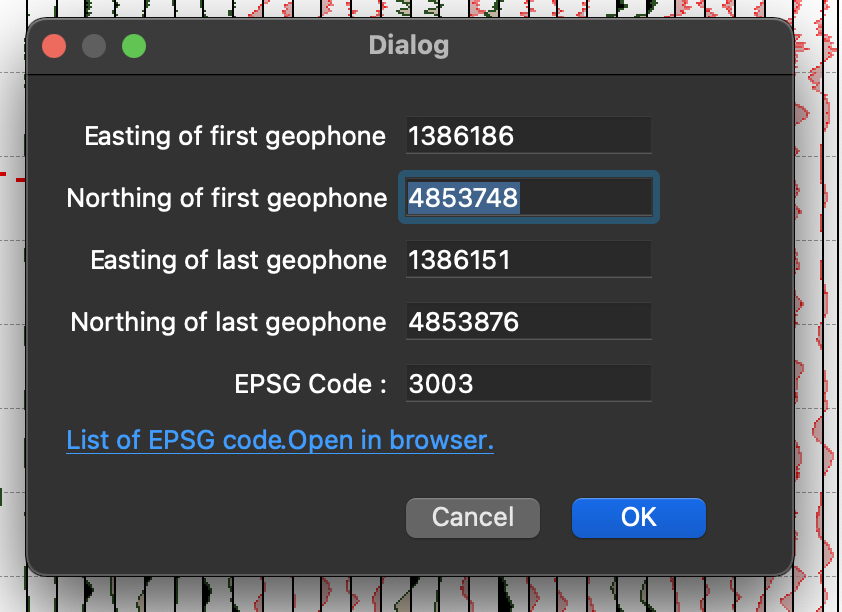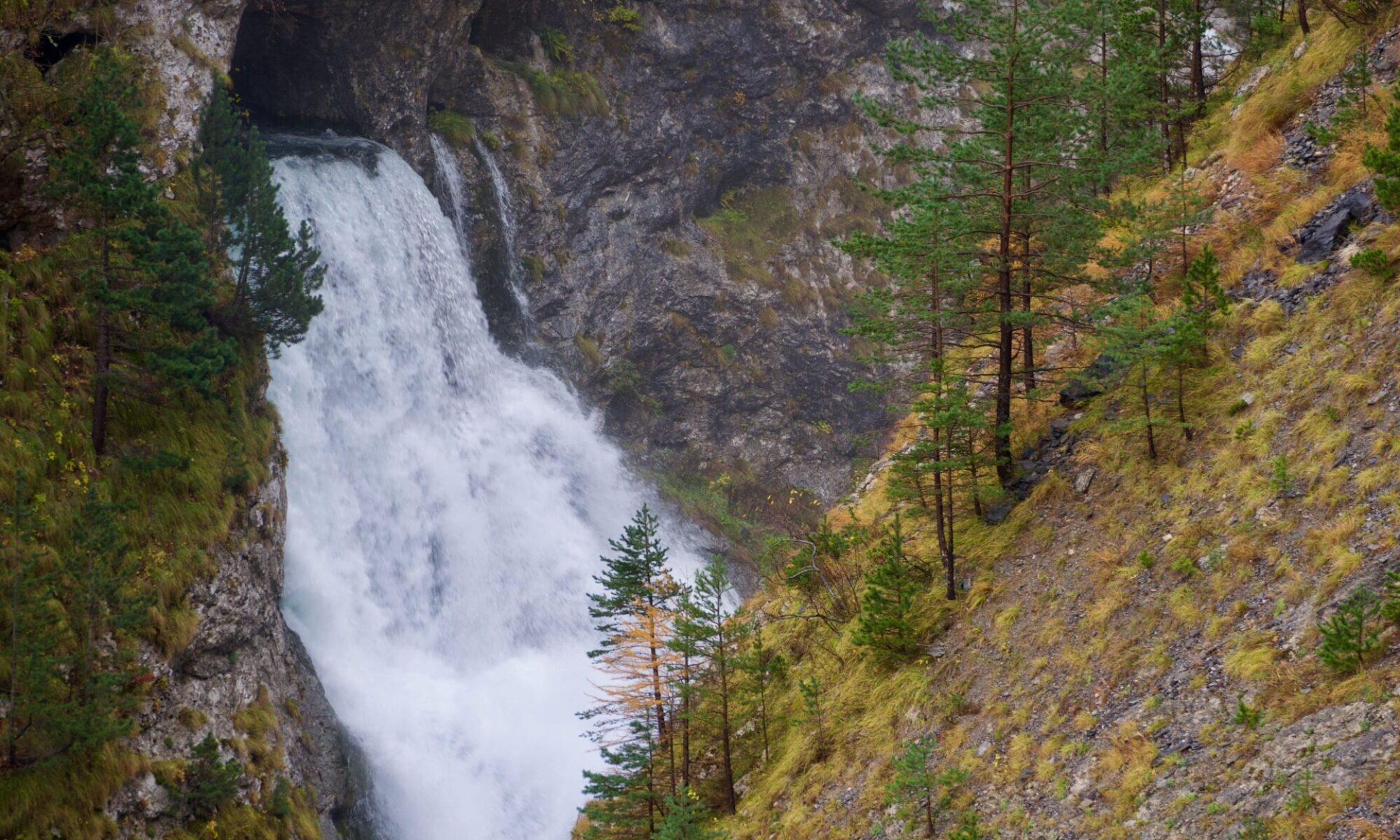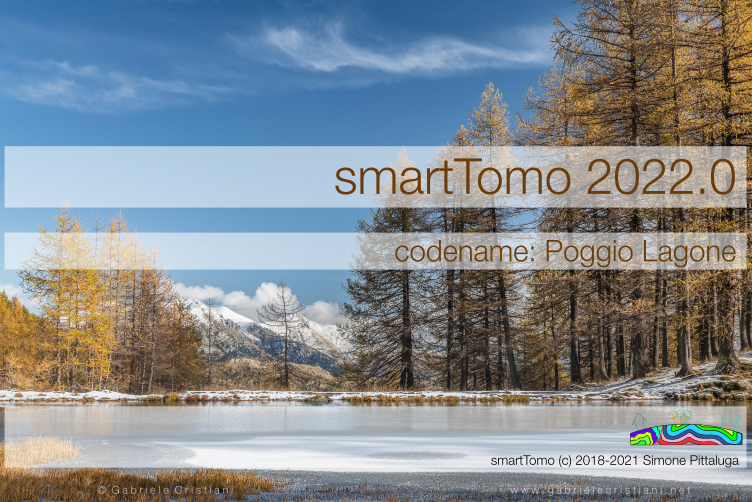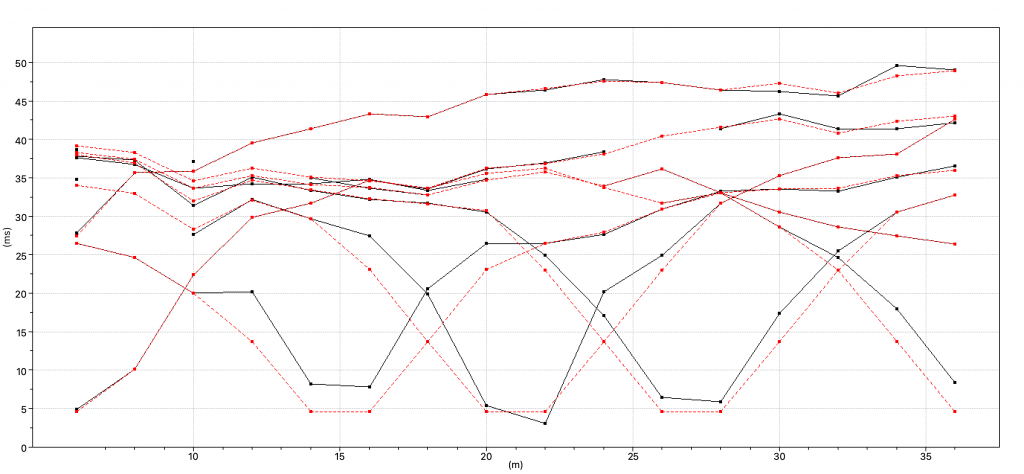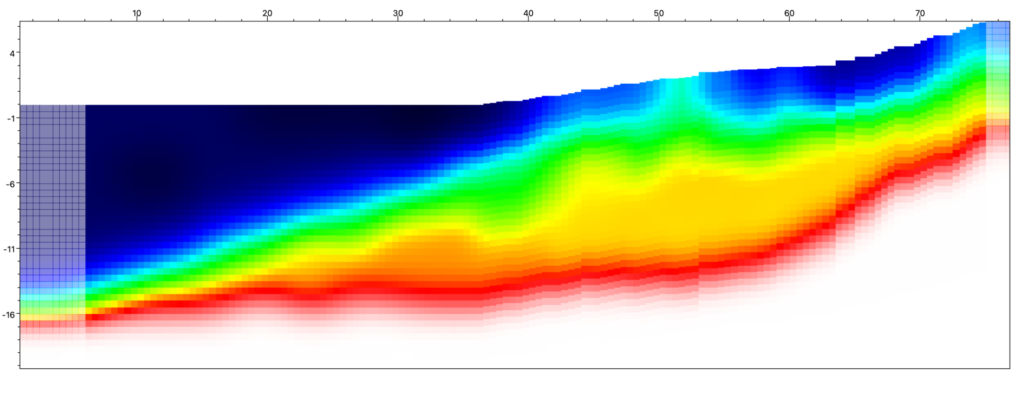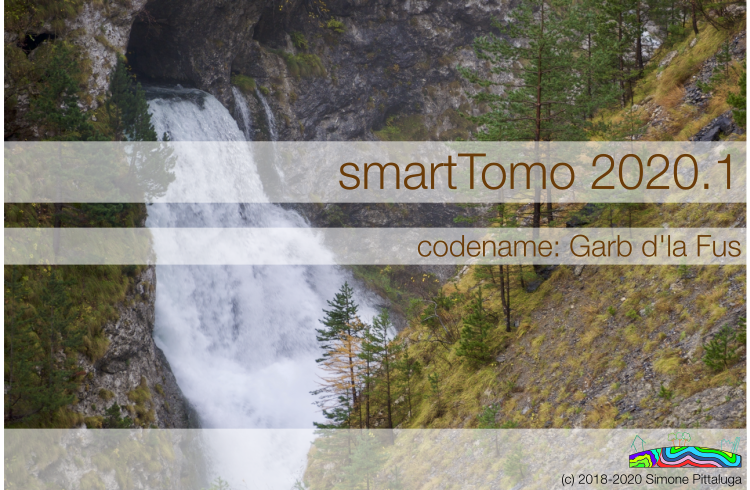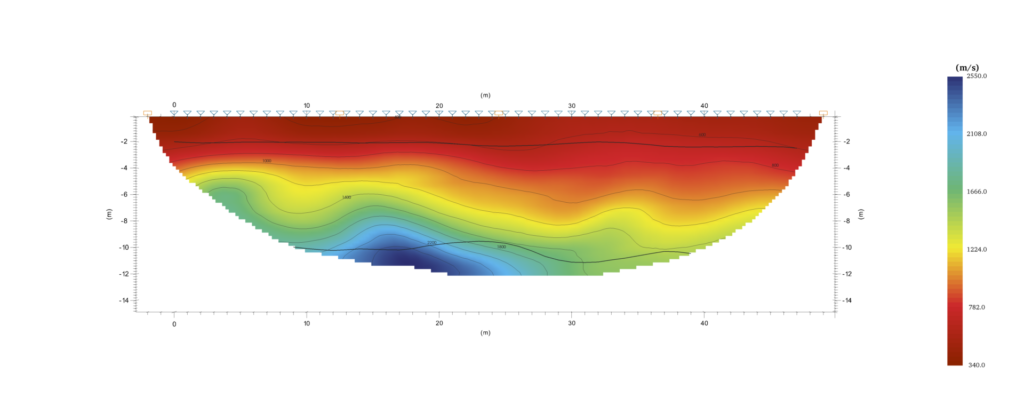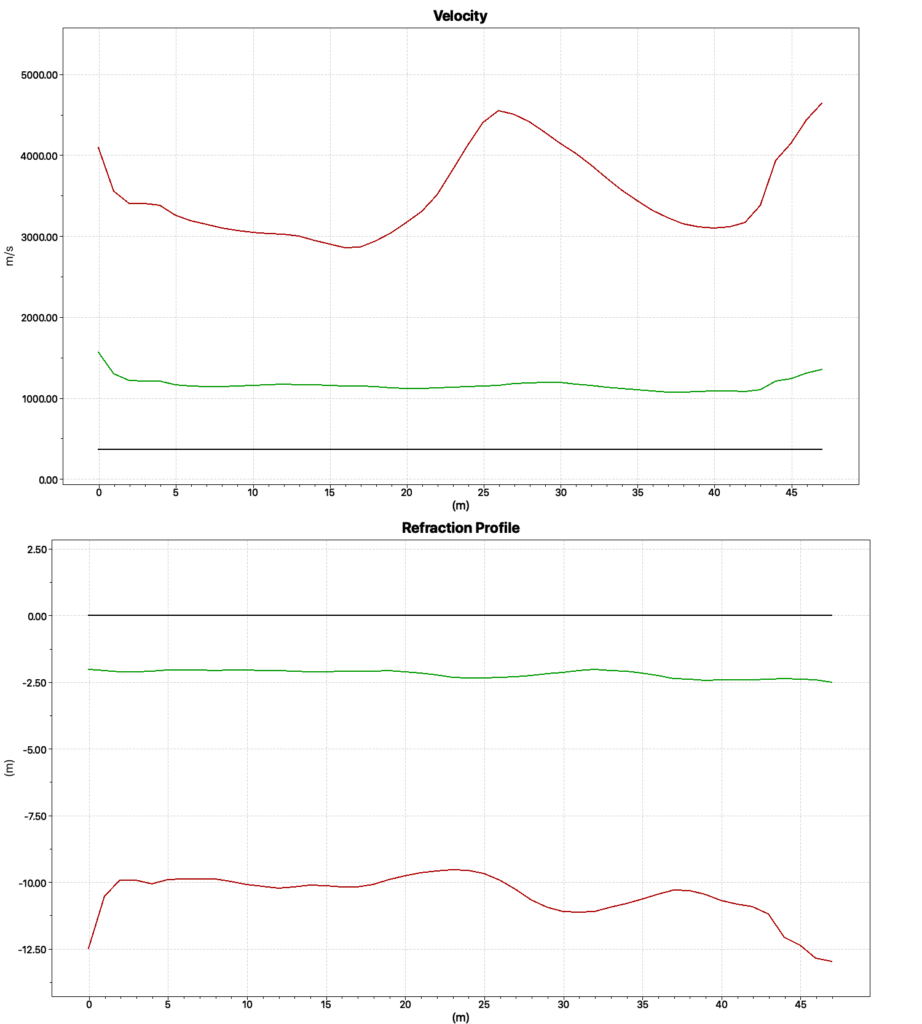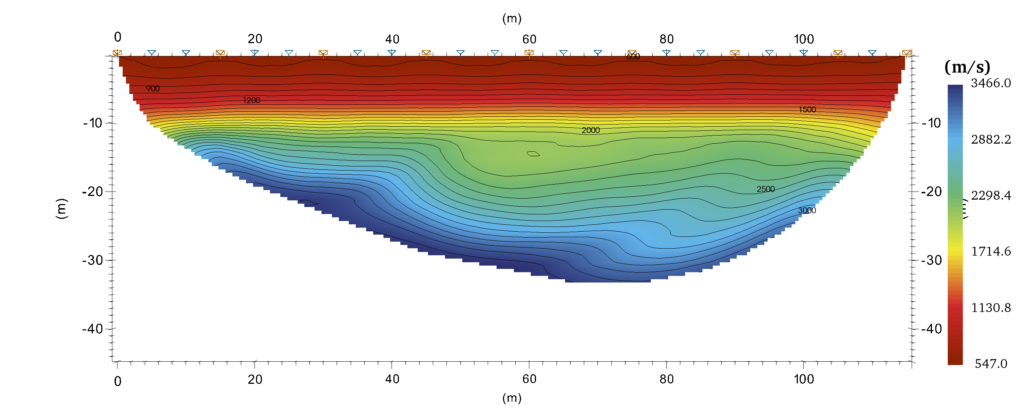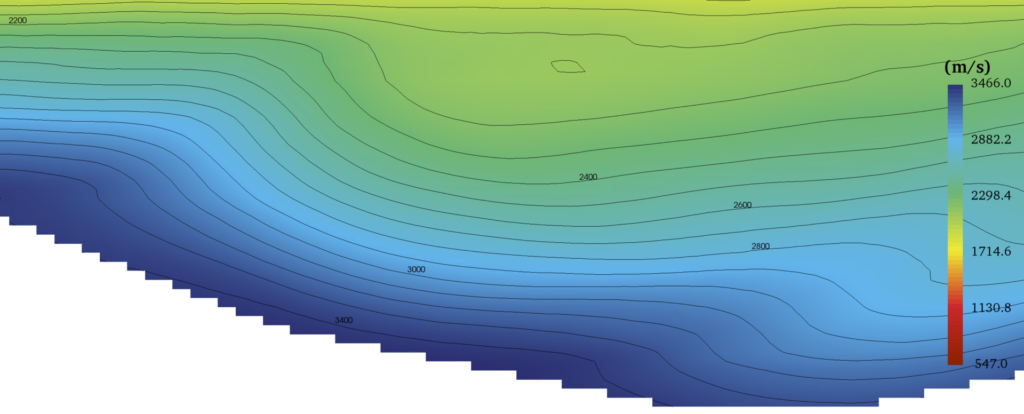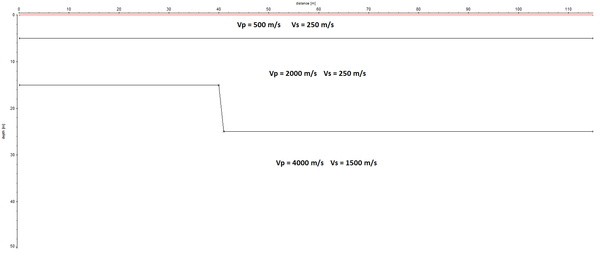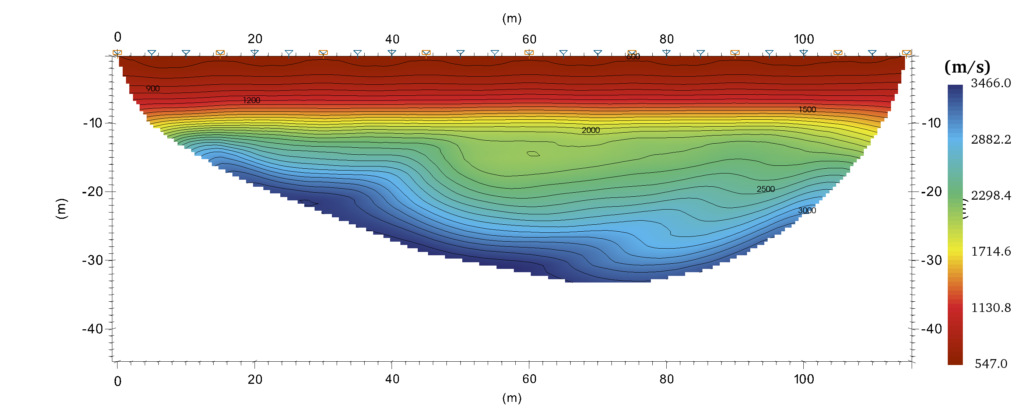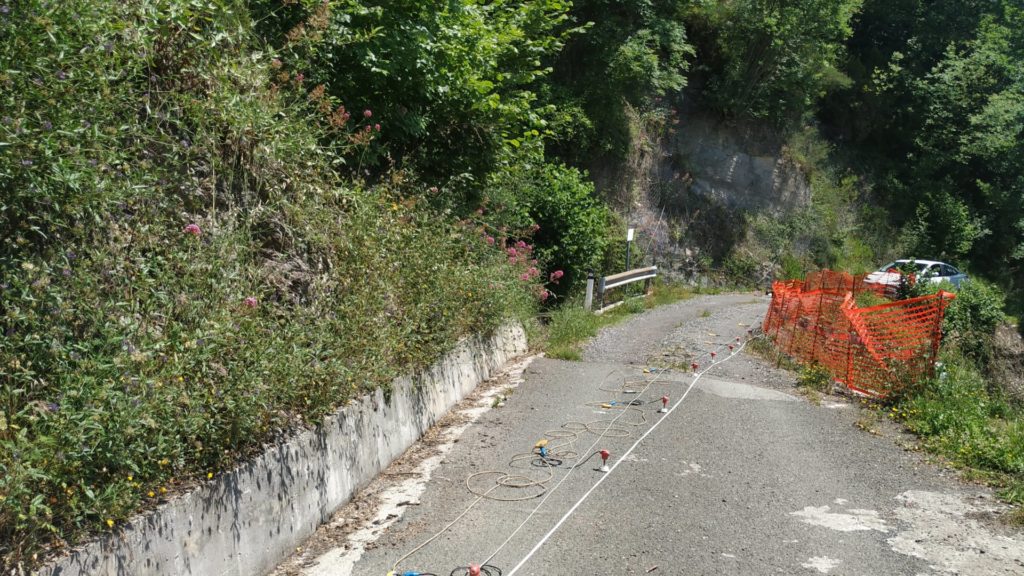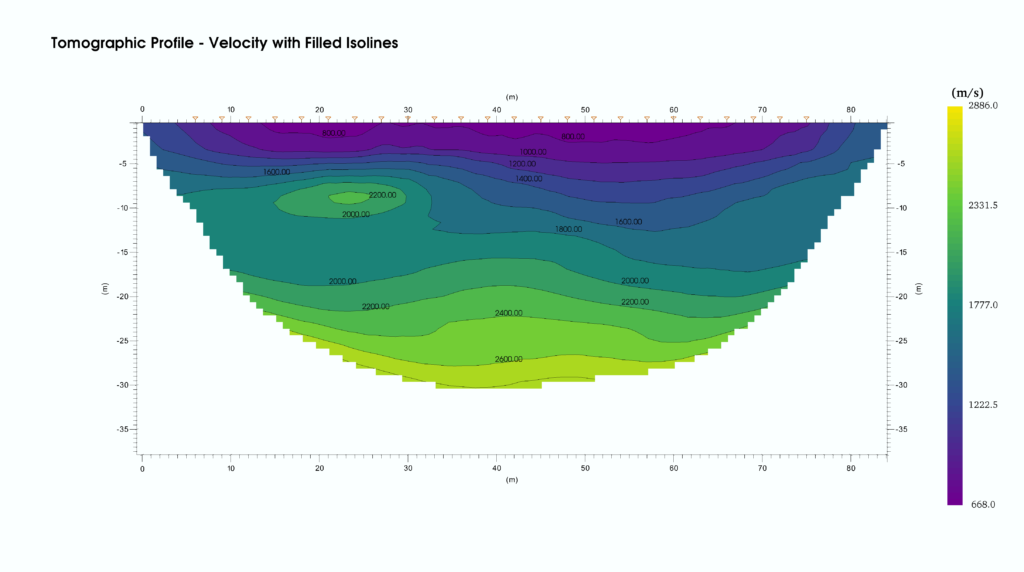We are happy to announce the release of the new version of SmartTomo, the best version to date.
The new version includes improvements in seismic tomography processing, profile visualization, and new result export options, in addition to the inevitable bugfixes.
Seismic tomography processing
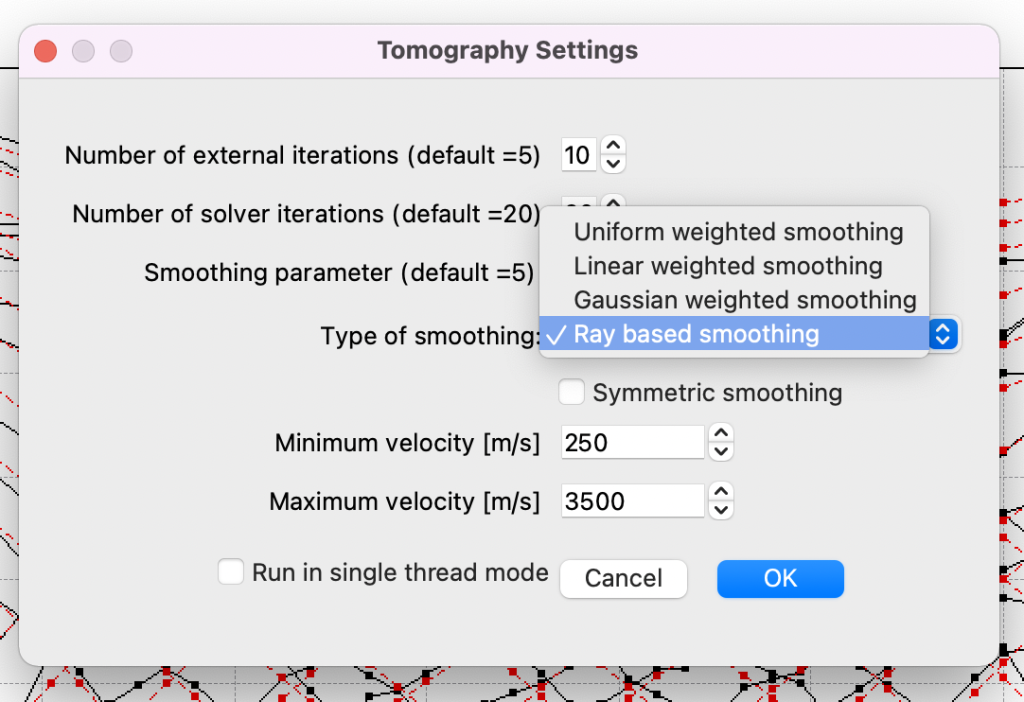
A new seismic ray-based smoothing mode has been added. This new smoothing method uses only the velocity value of the cells crossed by the seismic rays. The velocity distribution function follows a law based on the speed of the seismic waves giving more continuity where the speed is higher. This smoothing allows for more velocity variation in the superficial layers and a relatively smoother profile at deeper depths.
Profile visualization

The profile visualization module has received several improvements.
It is now possible to assign a title to the profile that will be displayed at the top of the view. In addition to the name, the view type and the RMSE error of the simulation are shown. The title and RMSE error will be saved in the project so that they can be recalled when opening the project again.

The profile can now be displayed also with a grid overlay corresponding to the major intervals shown on the axes.
Information Density Level Viewer
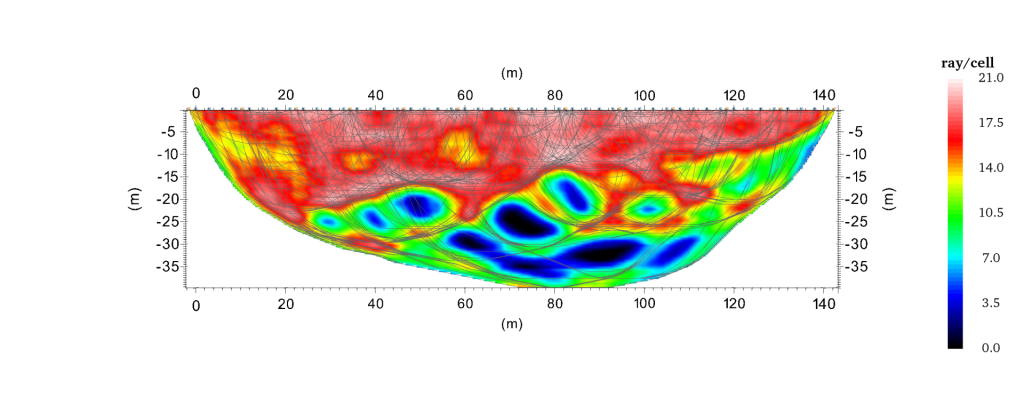
In SmartTomo 2022 a new way of displaying the results has been added: the information density layer. This layer is intended to represent how much each individual cell was affected during model reconstruction. Higher values correspond to cells whose value has been determined by a larger number of measured data (equations) always taking into account that the tomographic inversion process is an optimization of the model and not an exact solution.
This visualization then allows you to assess whether the tomographic model in a given area has been updated and with how many constraints.
Export of results
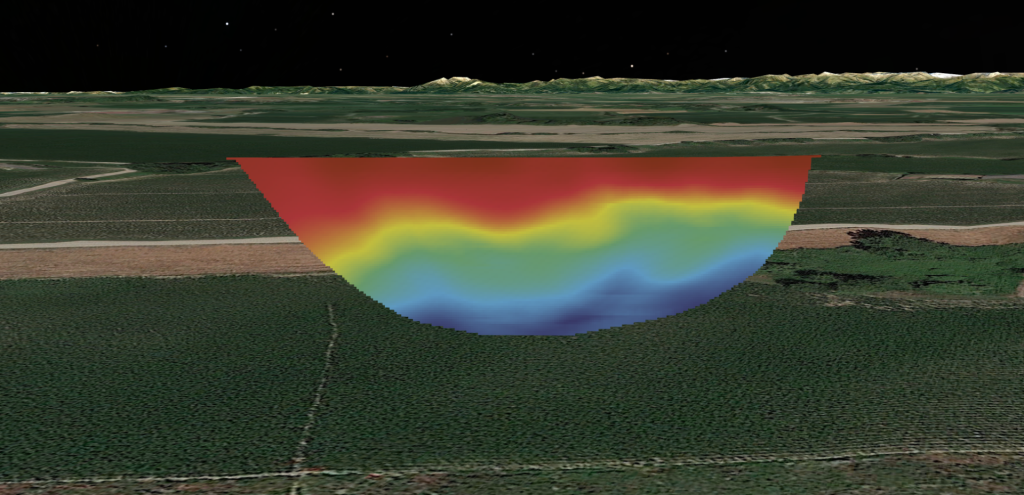
SmartTomo 2022 introduces the possibility to export results in KML format for visualization in external tools such as Google Earth. For the export it is necessary that the seismic profile is georeferenced (first and last geophone) and that the coordinate system EPSG code is defined.
